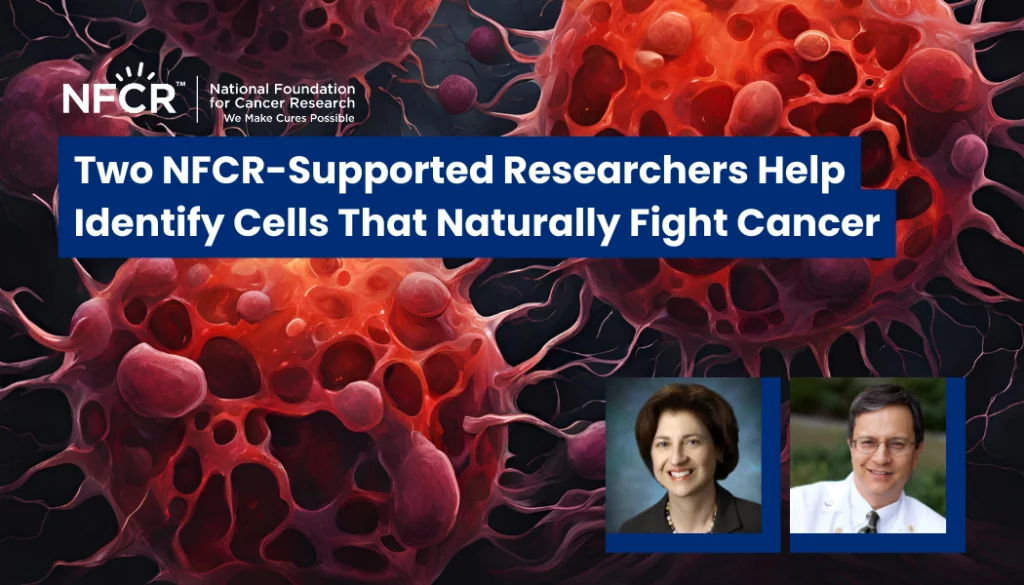Immunology & Immunotherapy Research
What is Immunology & Immunotherapy
Cancer immunology focuses on understanding interactions between cancer cells and the immune system, including how tumors evade or suppress anti-tumor immune responses. This knowledge aids development of immunotherapies that harness the immune system to fight cancer. Immunotherapy refers to treatments that boost the body’s natural defenses to combat cancer. Types of immunotherapies include immune checkpoint inhibitors, T-cell therapies, cancer vaccines, and adjuvant immunotherapies. These therapies help strengthen, direct, or restore the immune system’s ability to find and attack cancer cells.
NFCR IMPACTS IN IMMUNOLOGY & IMMUNOTHERAPY RESEARCH
- NFCR supports scientists to study tumor antigens and immune profiling to uncover new therapeutic targets and predict patient responses. This has expanded immunotherapy options for more cancer patients.
- NFCR supports translational research converting discoveries in cancer immunology into new treatments.
- NFCR’s grants have helped scientists to develop enhanced animal models for testing immunotherapies, improving preclinical evaluations and helping bring more treatments to human trials.
- NFCR provides funding for research into overcoming immunotherapy resistance pathways, including combination immunotherapies against advanced cancers, working to make immunotherapies effective for more patients.
NFCR-Supported Researchers Working on Immunology & Immunotherapy

Aaron N. Hata, M.D., Ph.D.
Harvard Medical School and Massachusetts General Hospital

Aaron N. Hata, M.D., Ph.D.
Harvard Medical School and Massachusetts General Hospital

Aaron N. Hata, M.D., Ph.D.
Harvard Medical School and Massachusetts General Hospital

Aaron N. Hata, M.D., Ph.D.
Harvard Medical School and Massachusetts General Hospital

Aaron N. Hata, M.D., Ph.D.
Harvard Medical School and Massachusetts General Hospital

Aaron N. Hata, M.D., Ph.D.
Harvard Medical School and Massachusetts General Hospital

Aaron N. Hata, M.D., Ph.D.
Harvard Medical School and Massachusetts General Hospital













